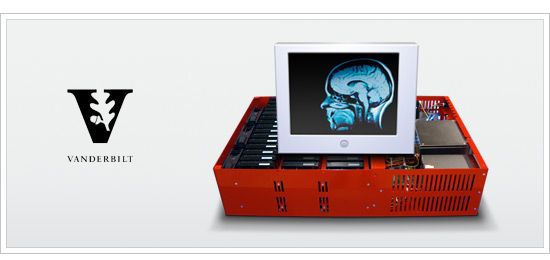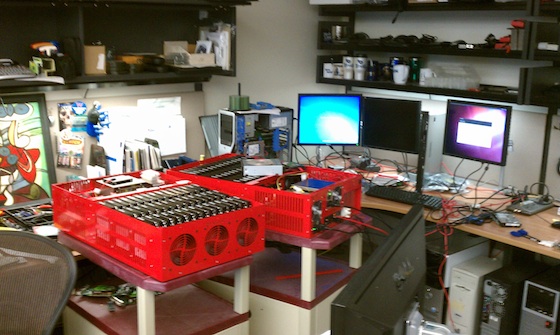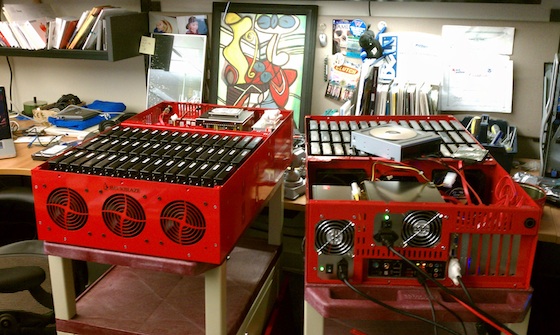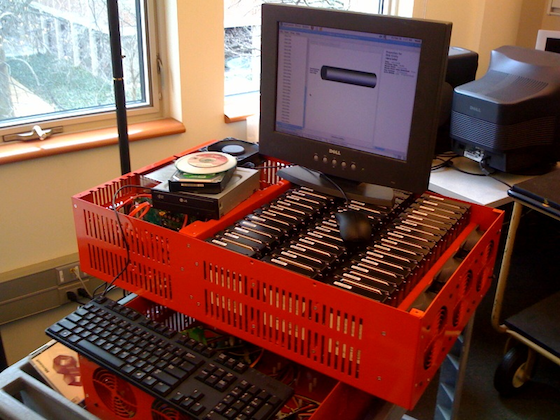
After we open sourced the Backblaze Storage Pod, hundreds of people contacted us expressing interest in building their own. A few have shared their experiences including the team at the Vanderbilt University Institute of Imaging Science, where Hampton Albert and others have modified the original design for their own purposes. They explain their approach and use below.
Thank you and the Backblaze team for open-sourcing your hardware! At the Vanderbilt University Institute of Image Science, we support hundreds of researchers operating multiple high-field Magnetic Resonance Imagining (MRI), computed tomography (CT), positron emission tomography (PET), and ultrasound scanners. The institute’s MRI scanners alone generate over 200GB of data per month. We need to reliably store these data for our research partners.
Without affordable storage solutions, we could not centralize storage and were forced to rely on optical backups for long term archive. Your “Petabytes on a budget” post was exactly the starting point that Hampton, our IT expert, needed in order to undertake construction of two 90TB (raw) storage servers. As Hampton explains, hardware tweaking was a bit of an adventure, but we are now rolling out these boxes along with the open source clinical image and object management system DCM4CHE, the DCM4CHE enterprise-grade DICOM picture archiving and communication system, and open source Java Image Science Toolkit to provide secure, long-term data archive and rapid image processing.
With this affordable, redundant, and scalable storage system we will be able to provide indefinite data storage and retrieval for imaging studies without substantially increasing cost to our users.
Best Regards,
Bennett Landman, Ph.D.
Assistant Professor
Department of Electrical Engineering (primary)
Department of Biomedical Engineering
Department of Radiology and Radiological Sciences
Vanderbilt University, School of Engineering
Director of the Center for Computational Imaging
Vanderbilt University Institute of Image Science
Amazing! Never did we think when we set out to build inexpensive cloud storage for our online backup service that the pieces would end up supporting MRI machines as archival storage.
Thank you Hampton, Professor Landman, and the rest of your team there for sharing this with us!







